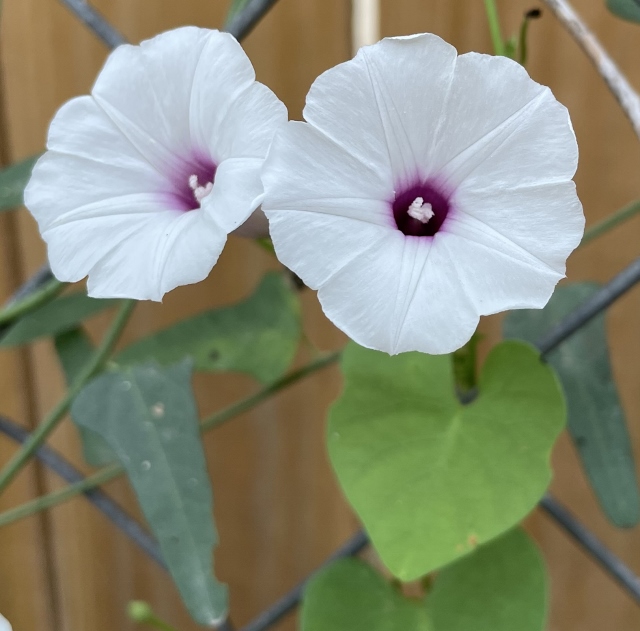
There’s another bio blitz starting today — Texas Invasive Species Bio Blitz. This one is all about invasive species and it runs for eight days. Here’s the notice from the iNaturalist website this morning:
“The 2021 Texas Invasive Species Bio Blitz Starts Today, May 15 and runs through Saturday, May 22, 2021
Now that the City Nature Challenge is over, are you looking for another reason to use iNaturalist?
Saturday May 15 through Sunday May 22 is National Invasive Species Awareness Week.
This is a perfect opportunity for the Texas Invasive Species Bio Blitz via iNaturalist.
In 2020, we had 3,104 observations of 121 species. There were 867 observers, and 299 identifiers.
https://www.inaturalist.org/projects/texas-invasive-species-bioblitz-2020
Let’s see if we can beat that this year!
https://www.inaturalist.org/projects/texas-invasive-species-bioblitz-2021
If you have previously submitted records of invasive plants, you might want to return to the same place and take a new observation, and mention in your notes if you think the population is expanding, contracting, or changing, and if any attempted control efforts may have had an effect. You can include a link to those previous records too.
Any observations of species from the project list that are made in Texas May 15-22, 2021 will be automatically added to this project. Happy hunting!”
I’ve already uploaded species. Everyone’s fav: Guineagrass, Panicum maximum; the water guzzling giant reed, Arundo donax ; and locally tagged popinac, called white leadtree, Leucaena leucocephala, on iNaturalist.org.
The Dr. Alfred Richardson and Ken King authored book, “Plants of Deep South Texas,” (Texas A&M nature guides), page 194, describes Red Center Morning Glory, Ipomoea amnicola as an introduced plant that is native to Paraguay. When identified on iNaturalist, it is generally with a note that says, not native; invasive.
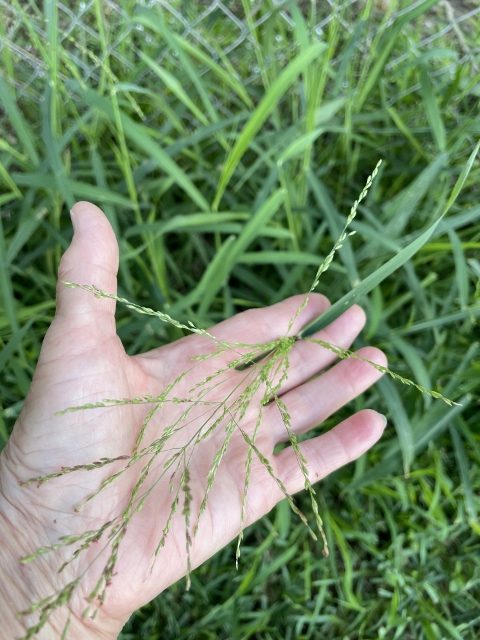
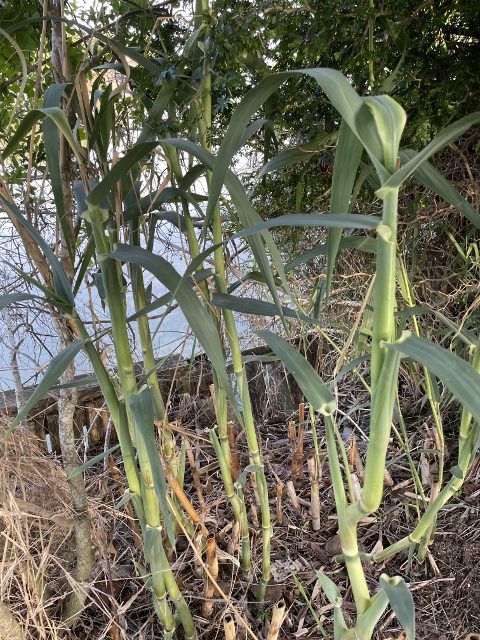
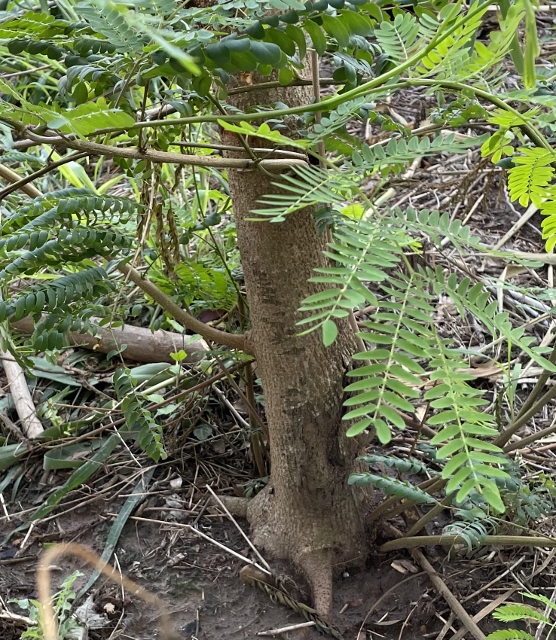
To join the Invasives bio blitz: Here’s the link where you can join the project, if you’d like. Joining the project ensures that you will get appropriate correspondence. When you get to this link page, https://www.inaturalist.org/projects/texas-invasive-species-bioblitz-2021 click on the word, join, in the blue box that talks about the project. Clicking on that will take you to another page. Scroll all the way to the end of that page and check-mark the block: Yes, I want to join.
I posted the Texas Invasives website in a previous blog post and it might be time to mention it again for new members and readers: https://www.texasinvasives.org/ It’s not just a database about plants — it lists mammals and insects, too.
This morning, I had an invasion of what we called June bugs, when I was growing up in Kansas — iNaturalist.org classifies them as scarabs, chafers and other things in Tribe Anomalini because, amazingly, although they all seem to look alike, they are different. And an invasion doesn’t mean the bugs are invasive. According to the texasinvasives.org, my “June bugs” — nor the pretty green banded cucumber beetle that looks like it should be invasive just because it’s green and has cucumber in its name — are not listed as invasive in Texas.
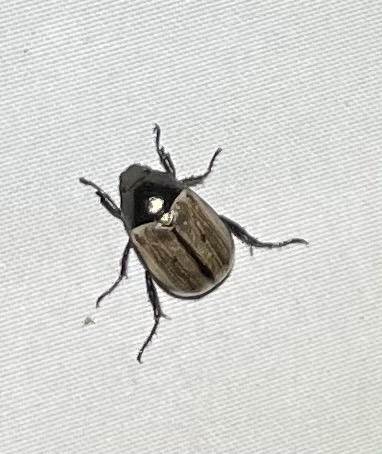
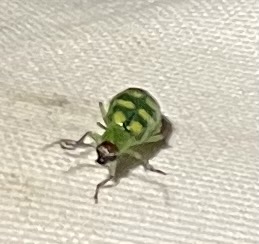
I’ve discussed invasive species in my blog before. Two previous blog posts about invasive species can be searched by name or date or at the provided links.
April 29, 2017, Anita’s Blog — Gazillion Brazilian Peppers, or this link:
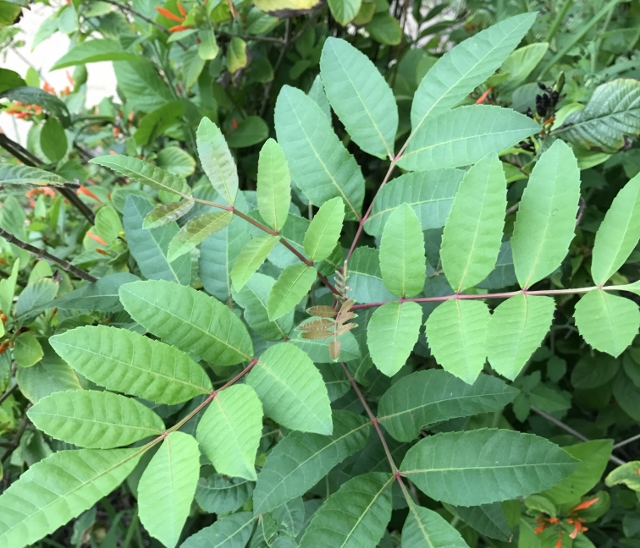
January 25, 2020, Anita’s Blog — But it’s So Pretty, or the link:
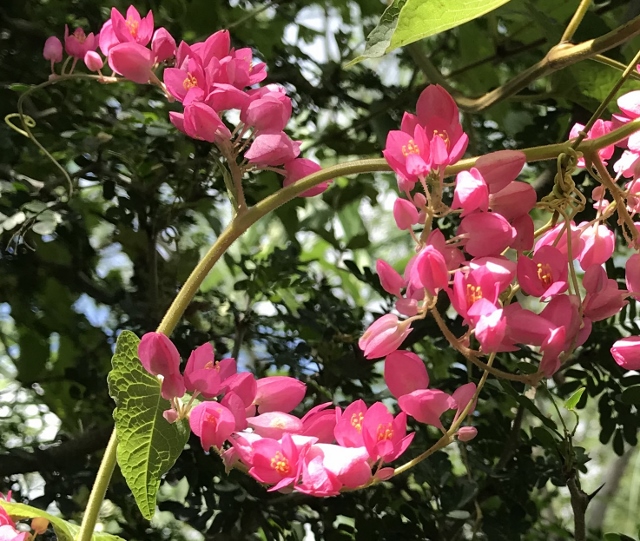
Do join the current bio blitz, if you have time. Or at least look at the list of things invasive at this link. It’s quite fascinating: